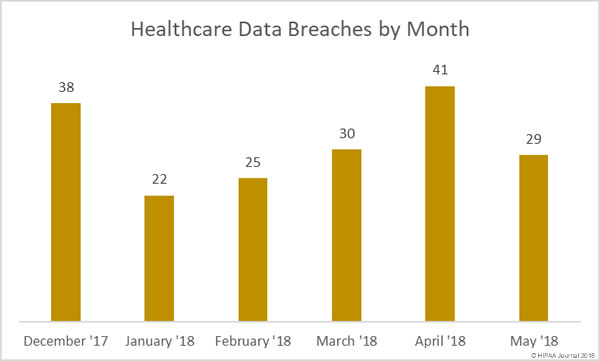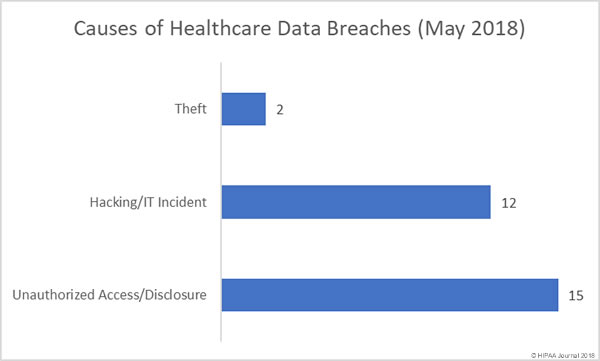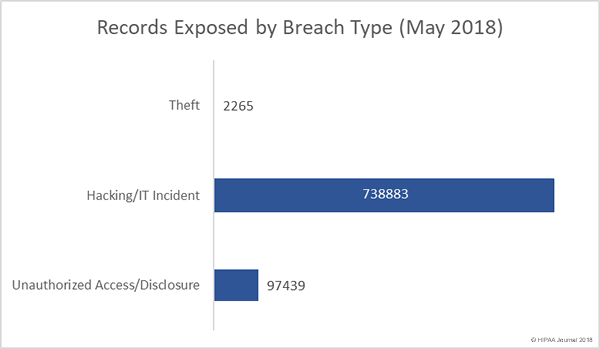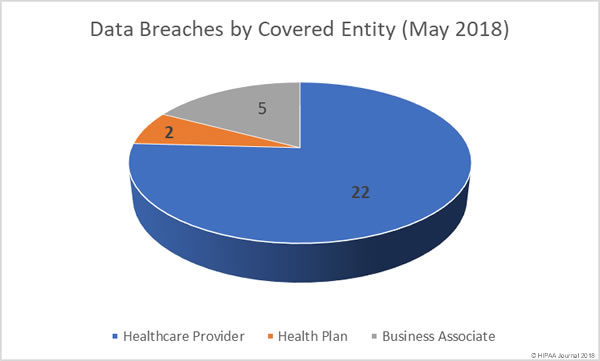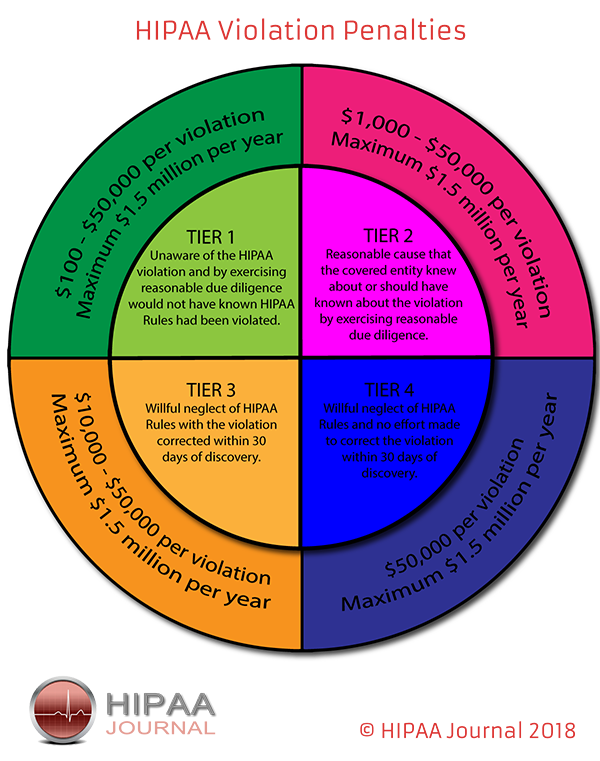Many healthcare organizations have now transitioned to secure messaging systems and have retired their outdated pager systems.
Healthcare organizations that have not yet made the switch to secure text messaging platforms should take note of a recent security breach that saw pages from multiple hospitals intercepted by a ‘radio hobbyist’ in Missouri.
Intercepting pages using software defined radio (SDR) is nothing new. There are various websites that explain how the SDR can be used and its capabilities, including the interception of private communications. The risk of PHI being obtained by hackers using this tactic has been well documented. All that is required is some easily obtained hardware that can be bought for around $30, a computer, and some free software.
In this case, an IT worker from Johnson County, MO purchased an antenna and connected it to his laptop in order to pick up TV channels. However, he discovered he could pick up much more. By accident, he intercepted pages sent by physicians at several hospitals. The man told the Kansas City Star he intercepted pages containing highly sensitive information including the page below:
“RQSTD RTM: (patient’s name) 19 M Origin Unit: EDOF Admitting: (doctor’s name) Level of Care: 1st Avail Medical Diagnosis: TONSILAR BLEED, ANEMIA, THROMBOCYTOPENIA”
It was not necessary to be in close vicinity of a hospital to intercept the pages and view PHI. Pages were picked up from hospitals and medical centers in Blue Springs, MO; Harrisonville, MO; Liberty, MO; Kansas City, KS; Wichita, KS; and even hospitals further away in Kentucky and Michigan.
Reporters from the Kansas City Star made contact with several of the patients whose information was exposed to confirm the information was correct. Understandably, the patients were shocked to find out that their sensitive information had been obtained by unauthorized individuals, as were the hospitals.
While not all hospitals responded, some of those that did said they are working with their vendors to correct the problem to ensure that pages cannot be intercepted in the future.
Intercepting pages is illegal under the Electronic Communications Protection Act, although hacking healthcare networks or conducting phishing campaigns to obtain protected health information is similarly illegal, yet that does not stop hackers.
HIPAA-covered entities should take note of the recent privacy violations and should consider implementing a secure messaging solution in place of pagers; however, in the meantime they should contact their vendors and explore the options for encrypting pages to prevent ePHI from being intercepted.
The post Unencrypted Hospital Pager Messages Intercepted and Viewed by Radio Hobbyist appeared first on HIPAA Journal.
